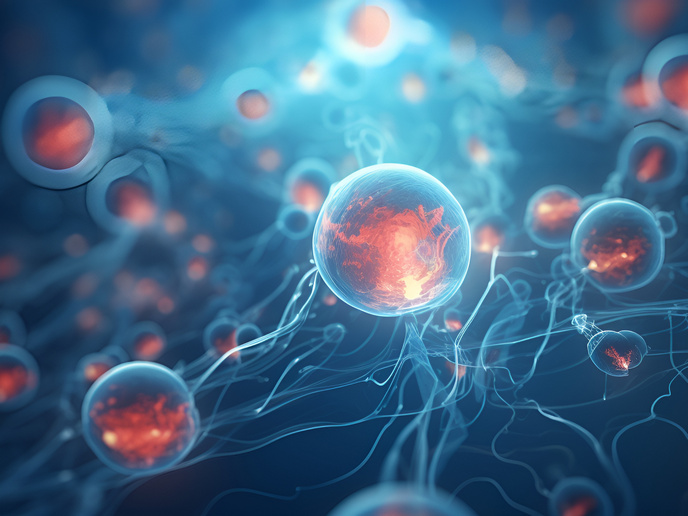Genetic defects targeted to address neurological disorder
Amyotrophic lateral sclerosis(opens in new window) (ALS) is a neurodegenerative disease that impacts nervous tissue and progressively degrades motor function. Patients with ALS begin by losing basic mobility, before eventually experiencing complete muscular paralysis. From diagnosis, the average lifespan of an ALS patient is 5 years. “There is so far no cure for ALS,” notes Combat_ALS(opens in new window) project coordinator Carlos González from the Spanish National Research Council(opens in new window). “One of the challenges is the fact that ALS affects the brain.” As González points out, this is the most complex, inaccessible and unknown organ in the human body. “In addition, the particular mechanisms behind the disease remain so far unknown,” he says.
ALS genetic discoveries
The Combat_ALS project, which was undertaken with the support of the Marie Skłodowska-Curie Actions(opens in new window) programme, sought to address this by better understanding the genetics behind ALS. The focal point of this work was a specific gene known as C9orf72. Researchers know that this could be an important genetic cause of ALS, because a massive repetition of RNAs(opens in new window) transcribed from this gene have been found in ALS patients. This is the most frequent genetic mutation associated with the disease. “In ALS patients, this sequence can repeat itself hundreds or thousands of times,” explains González. “In healthy individuals however, this sequence is generally repeated between only two and 20 times.”
Impact of mutation derived RNA
Repeated RNAs derived from C9orf72 mutations have been shown to have a toxic effect on cells. For example, they can bind to proteins, to preclude their normal function. Their proliferation in ALS patients, and potential link to this disease, make them very interesting potential therapeutic targets. To advance this promising avenue of research, Combat_ALS set out to structurally characterise the RNAs, as well as the aggregates they form. A number of techniques, including nuclear magnetic resonance(opens in new window) and atomic force microscopy(opens in new window) (AFM), were used. “We found that these RNAs adopt different configurations depending on factors like temperature and pH conditions,” says González. “We found for example that heating/cooling processes can provoke the formation of RNA aggregates. We also obtained AFM images of these aggregates, which is helping us to determine the actual shape of RNA accumulations.” Next, the project team identified small molecules and antisense oligonucleotides(opens in new window) (ASOs) that could target these RNAs. “We managed to obtain a collection of ASOs carrying fluorine-based modifications,” adds González. “Some of these ASOs have shown significant activity in reducing aberrant features in cells derived from ALS patients.”
Promising clinical applications
These results have helped to establish the efficacy of some chemical modifications in potentially correcting defects in ALS-affected cells. Some of the most promising findings could one day end up treating ALS, though the road towards clinical validation is long. “In order to move forward with this, our most promising molecules will now have to be evaluated in more complex model organisms,” remarks González. In addition, some of the structural descriptions of RNA aggregates achieved in Combat_ALS could help researchers to better design and develop molecules that can target specific structures associated with the disease. “I obviously wish we could find an effective treatment for ALS,” adds González. “Unfortunately, a cure for ALS is still a dream. As scientists, it would be immensely satisfying if these results could contribute to this challenging endeavour.”







